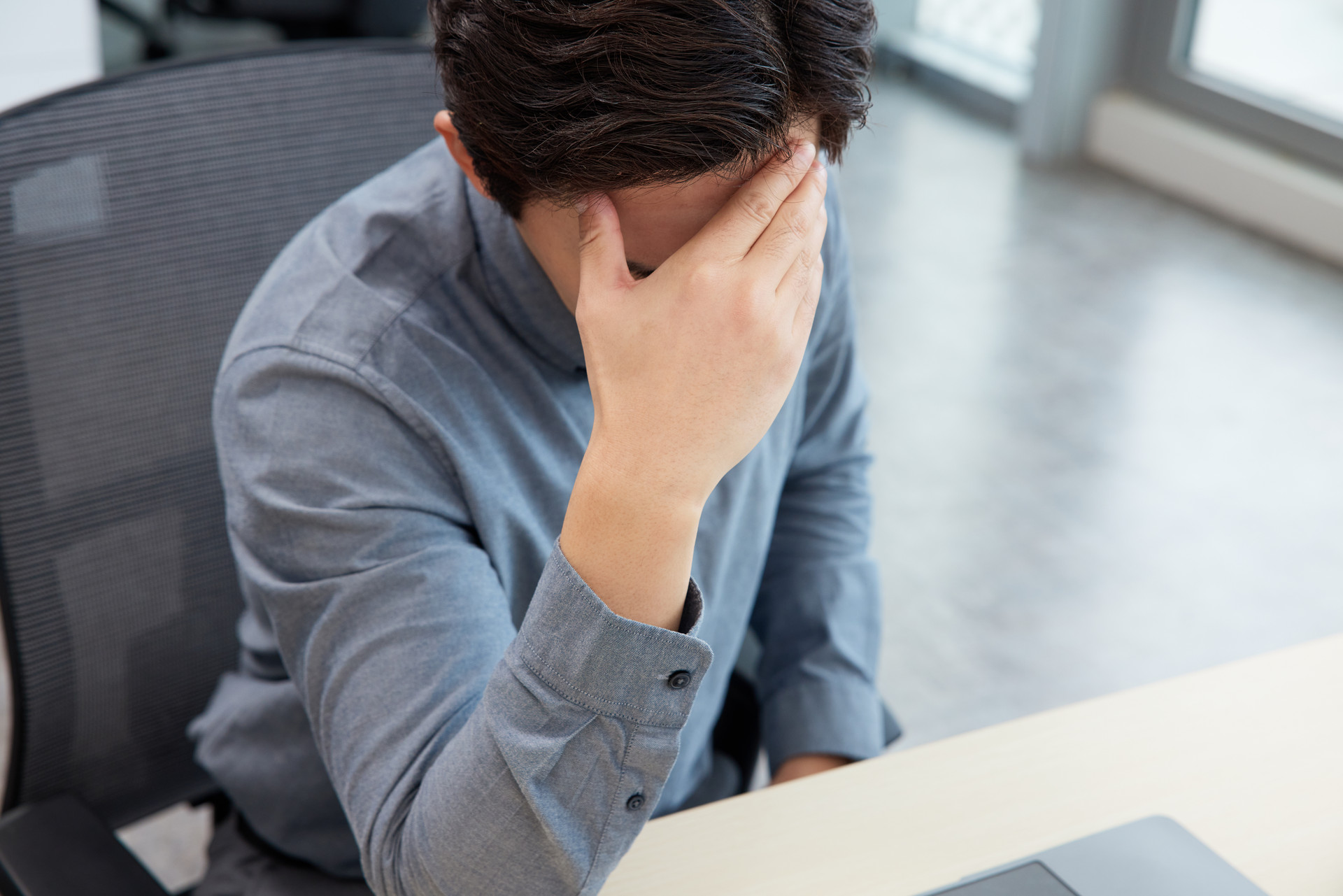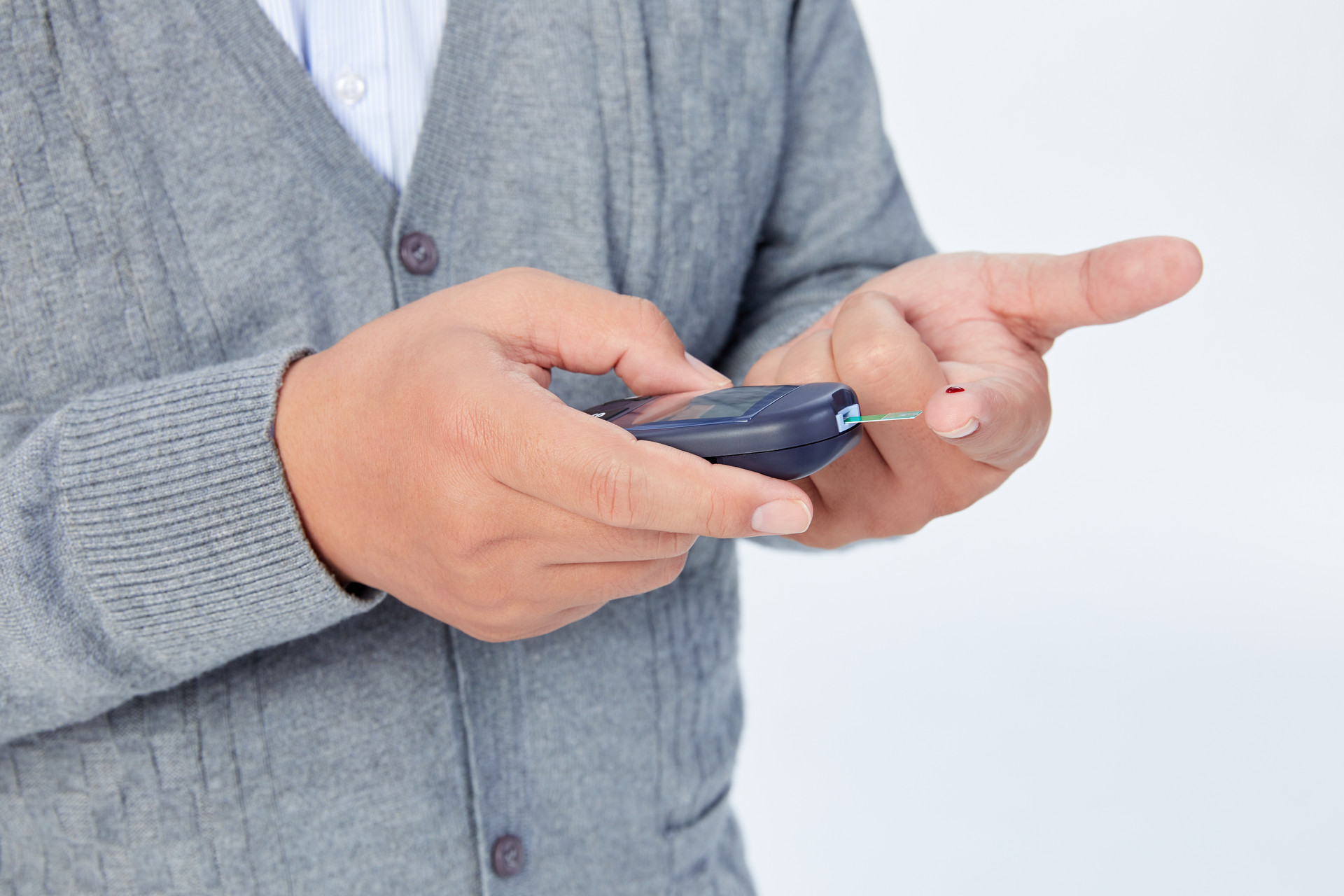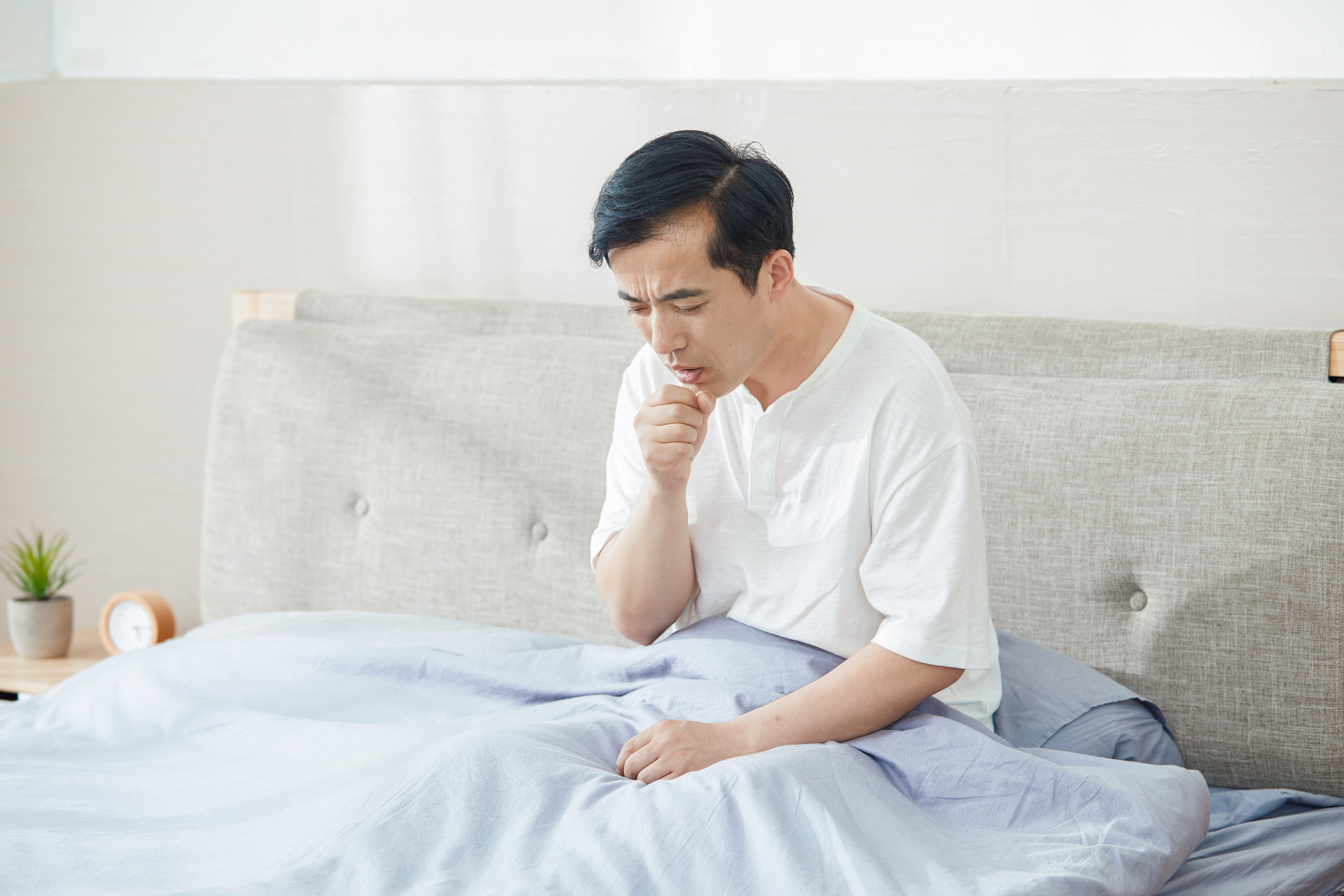As people reach middle age, their hair may turn white and they may experience baldness. This not only affects their personal image but also their overall health. However, baldness and premature greying can be prevented and delayed. Every individual living in a modern society has the potential to live up to a hundred years with youthful hair.
During a person's lifetime, hair grows the fastest between the ages of 15 and 30, but the growth rate gradually slows down. As people age, their skin undergoes aging and shrinking, and the number of hair follicles decreases, leading to gradual thinning of the hair.
However, if a person in their prime experiences significant hair loss and the hair loss cannot be balanced with new hair growth, resulting in gradual thinning of the hair, it may be a pathological condition. Data shows that currently, approximately half of adult males worldwide suffer from hair loss. In urban areas of China, 40% of males between the ages of 25 and 54 face the challenge of "Mediterranean hair loss".
Male pattern baldness, also known as androgenetic alopecia, seborrheic alopecia, or early baldness, typically manifests as thinning hair on the top or front of the head. It often involves receding hairlines or baldness at the back of the head, commonly referred to as "balding". Premature hair loss is often accompanied by excessive scalp sebum secretion and scalp itching.
If you want to prevent premature greying and baldness, the fundamental method lies in daily hair care and nourishment.
1. Regularly comb your hair
Comb your hair in the morning, midday, and evening. Use a wooden or horn comb instead of a metal or plastic one. Avoid combing wet hair to prevent damage to the hair. Comb your hair while gently massaging the scalp to enhance blood circulation and nutrient supply to the hair roots.
2. Regularly wash your hair
Washing your hair removes dust, relieves scalp itchiness, and promotes scalp respiration. It is recommended to wash your hair 4-7 times a week. Avoid using hot water for washing, and opt for water around 38℃.
Start by wetting your hair, then gently insert your fingers into the hair and rub the hair roots and scalp with your fingertips, or brush the scalp gently. Avoid scratching and vigorously washing with sharp nails. After dampening the hair and dividing it into sections, gently squeeze and knead each section with your fingers. Rinse thoroughly with warm water. Pat dry with a towel gently, avoiding vigorous rubbing. It is best to let your hair air dry naturally instead of using a hairdryer.
3. Maintain a balanced diet
Nutritional deficiencies and poor blood supply can cause hair loss and premature greying. It is important to strengthen the body through regular exercise and consume foods rich in iron, calcium, vitamin A, and other nourishing foods, such as fish, beef, milk, and poultry with high protein content. Individuals who have experienced significant blood loss should seek guidance from a doctor to replenish their blood supply and prevent baldness and premature greying caused by insufficient nutrients and blood.
4. Manage stress
One's mental state is closely related to baldness and premature greying. If a person's emotions are consistently depressed, hair loss and greying become more prominent. It is important to maintain a regular lifestyle, get enough rest and sleep, and maintain a positive mindset to alleviate mental stress and prevent premature greying and hair loss.










